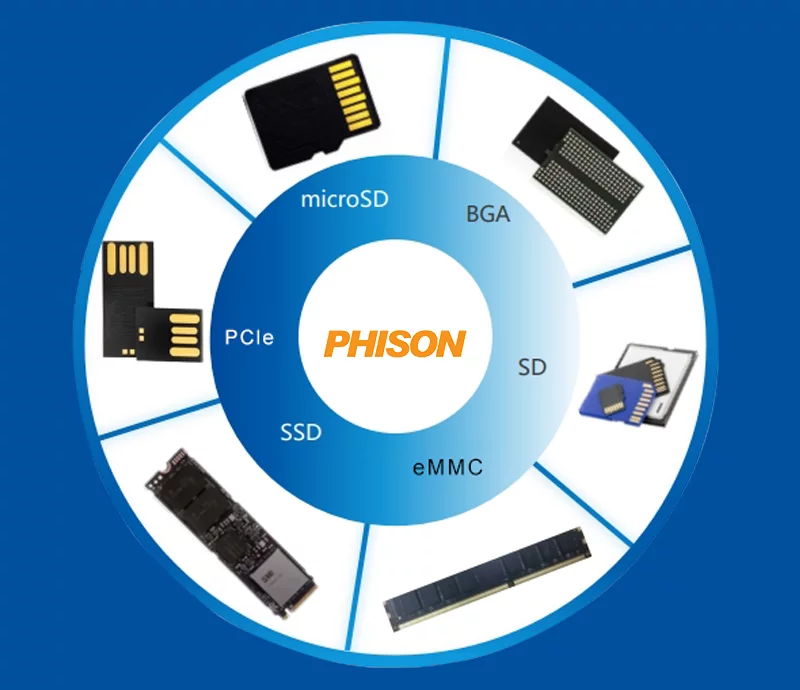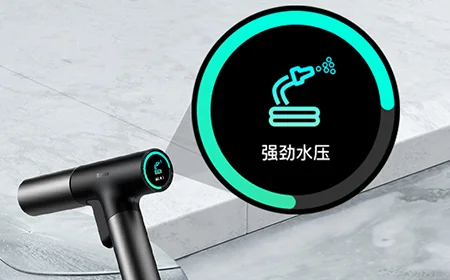A Guide to Prenatal Yoga in Dubai: Discover the Perks for Mothers-to-Be

Expecting mothers in Dubai are increasingly turning to prenatal yoga as a way to stay fit, manage stress, and prepare both body and mind for childbirth. Known for its gentle approach to fitness, prenatal yoga offers a safe and supportive environment for moms-to-be to strengthen their bodies, connect with their babies, and build resilience for the journey ahead. If you’re looking for “Yoga prenatal à Dubai,” this guide will walk you through its numerous benefits and how it can make a difference in your pregnancy experience.
What is Prenatal Yoga?
Prenatal yoga is a specialized form of yoga tailored to the physical and emotional needs of pregnant women. It focuses on poses that support your changing body, breathing techniques to manage stress, and relaxation methods that can help prepare you for labor. The classes are often led by certified instructors who understand the unique needs of expecting mothers and can guide you through safe and effective movements.
Key Benefits of Prenatal Yoga in Dubai
1. Strengthens and Tones the Body
During pregnancy, your body undergoes significant changes, and prenatal yoga can help strengthen the muscles you’ll rely on throughout your pregnancy and childbirth. The gentle poses focus on key areas such as the hips, back, and core, which are crucial for maintaining balance, reducing lower back pain, and preparing your body for delivery.
2. Improves Balance and Flexibility
As your baby grows, your center of gravity shifts, which can impact your balance. Prenatal yoga emphasizes poses that improve flexibility and balance, helping you feel more stable and grounded. Increased flexibility also makes daily movements more comfortable, reducing the risk of injuries caused by slips or falls.
3. Reduces Pregnancy Discomforts
Common pregnancy discomforts, such as lower back pain, swollen feet, and fatigue, can take a toll on your well-being. Through gentle stretches and targeted exercises, prenatal yoga helps to alleviate these discomforts. Poses like Cat-Cow and Child’s Pose are particularly beneficial for relieving back pain, while other gentle stretches help improve circulation and reduce swelling.
Mental and Emotional Benefits of Prenatal Yoga
1. Reduces Anxiety and Stress
Pregnancy is a time of excitement, but it can also bring about anxiety and stress. Practicing prenatal yoga allows you to focus on your breathing, which naturally helps calm the mind. Through mindful breathing exercises, you’ll learn to center your thoughts, letting go of any worries and staying present in the moment. Many women find these techniques valuable not only during pregnancy but also during labor and delivery.
2. Enhances Emotional Connection with Baby
One of the unique aspects of prenatal yoga is the focus on bonding with your baby. The calm and peaceful environment, combined with mindful breathing and gentle movements, creates an opportunity for mothers to connect deeply with their unborn child. Each session becomes a space to nurture this special bond, helping to build a strong emotional connection before birth.
3. Prepares You for Labor and Delivery
Prenatal yoga emphasizes breathing exercises that can be incredibly helpful during labor. Practicing these techniques throughout your pregnancy can make them second nature by the time you go into labor. Deep breathing helps you stay calm and manage pain more effectively, making it easier to face the challenges of childbirth.
Why Choose Prenatal Yoga in Dubai?
Dubai offers world-class facilities and experienced instructors for prenatal yoga, making it an ideal place to embark on this wellness journey. Many studios in Dubai also focus on Yoga prenatal à Dubai, providing tailored sessions that cater specifically to the needs of expecting mothers. Here are some additional reasons why Dubai is the perfect location to start prenatal yoga:
- Experienced Instructors: Dubai’s prenatal yoga instructors are often highly trained, with specific expertise in safe prenatal practices.
- Supportive Community: Joining a prenatal yoga class in Dubai allows you to connect with other expecting mothers, creating a community where you can share experiences, gain support, and make new friends.
- Luxurious Facilities: Many yoga studios in Dubai are equipped with luxurious amenities that make your experience comfortable and enjoyable.
What to Expect in a Prenatal Yoga Class
A typical prenatal yoga class is designed to be safe, gentle, and relaxing. Here’s what you can generally expect:
- Warm-Up: Gentle stretches to help loosen up muscles and prepare the body.
- Poses: Safe and modified poses that focus on strength, flexibility, and relaxation.
- Breathing Exercises: Techniques like deep breathing and “ujjayi” breathing to promote calmness and focus.
- Cool-Down and Relaxation: Gentle stretches and guided meditation to end the session, leaving you feeling refreshed and centered.
The goal is to create a well-rounded experience that supports both your physical and emotional health throughout your pregnancy journey.
Tips for Getting Started with Prenatal Yoga in Dubai
If you’re new to yoga or starting prenatal yoga for the first time, here are a few tips to ensure a positive experience:
- Consult with Your Doctor: Before starting any exercise routine, check with your healthcare provider to make sure prenatal yoga is suitable for you.
- Listen to Your Body: Pregnancy is not the time to push yourself. Move at your own pace and modify poses if needed.
- Stay Hydrated: Keep a water bottle with you to stay hydrated during the class.
- Dress Comfortably: Wear loose, comfortable clothing that allows you to move freely.
Conclusion: Embrace the Journey with Prenatal Yoga in Dubai
Practicing prenatal yoga in Dubai is an excellent way to nurture both your physical and mental health during pregnancy. With numerous benefits, from reducing discomfort to preparing for labor, Yoga prenatal à Dubai offers a holistic approach to a healthier and happier pregnancy. Embrace this journey and give yourself the gift of wellness and peace as you prepare to welcome your baby into the world.











